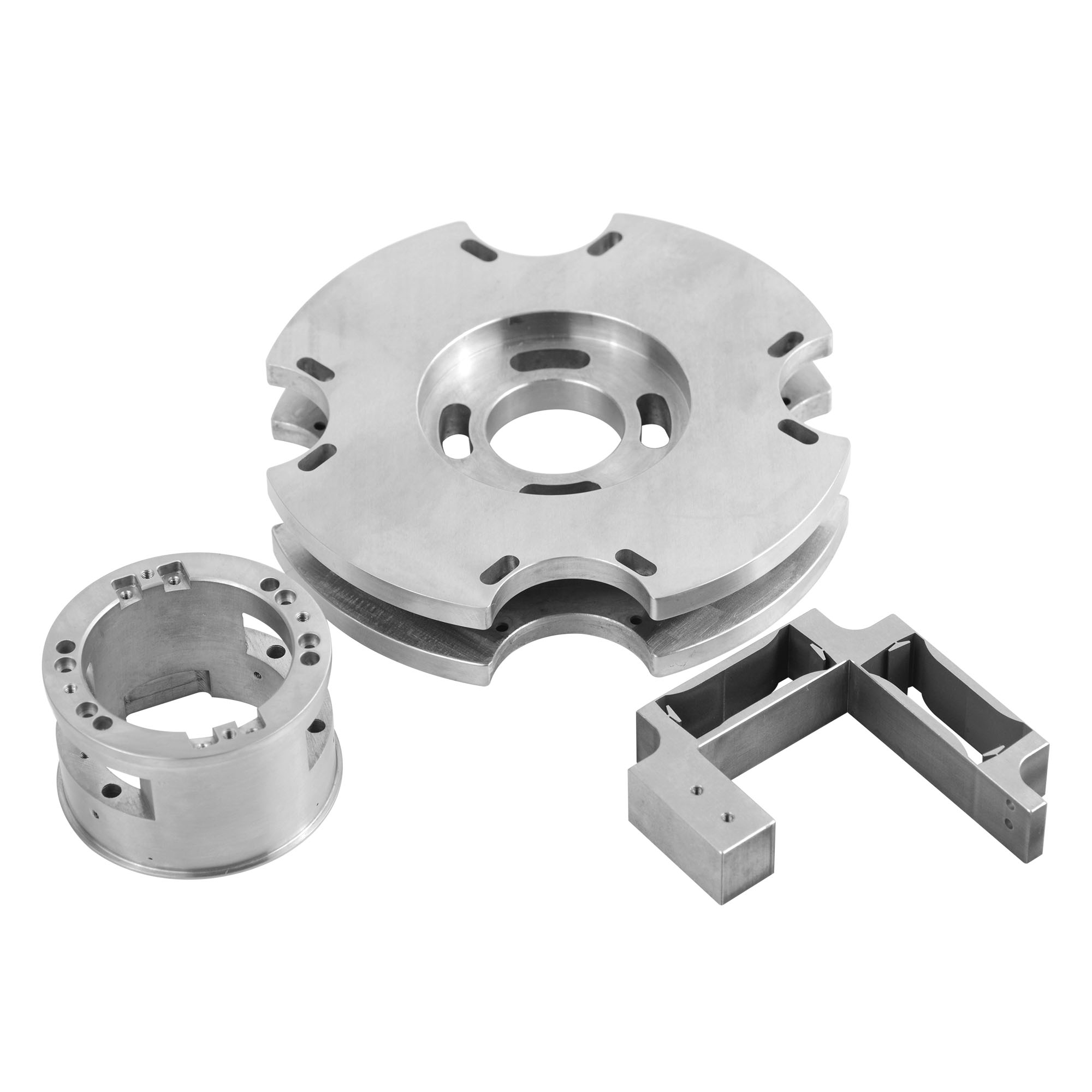CNC numerical control technology originated from the needs of the aviation industry. In the late 1940s, an transnational helicopter company proposed it.

The initial idea of CNC machine tools was to develop a three coordinate CNC milling machine at the Massachusetts Institute of Technology in 1952. In the mid-1950s, this type of CNC milling machine was used to process aircraft parts. In the 1960s, CNC systems and programming became increasingly mature and sophisticated, and CNC machine tools were used in various industrial sectors. However, the aerospace industry has always been the largest user of CNC machine tools. Some large aviation factories are equipped with hundreds of CNC machine tools, mainly cutting machines. The parts processed by CNC include the integral wall panels, beams, skins, partitions, propellers of aircraft and rockets, as well as the mold cavities of aircraft engine casings, shafts, discs, and blades, and the special cavity surfaces of liquid rocket engine combustion chambers. In the early stages of the development of CNC machine tools, continuous trajectory control was the main focus.
CNC Continuous trajectory control, also known as contour control, requires the tool to move along a specified trajectory relative to the part. In the future, we will vigorously develop point control CNC machine tools. Point control refers to the movement of a tool from one point to another, as long as it can accurately reach the target, regardless of the movement path.